Drought in India Forces Talk of User Fees, Rainwater Harvesting
Fierce heat has allegedly killed dozens as country awaits arrival of monsoons.
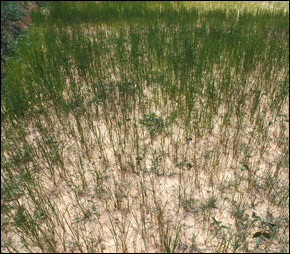
A rice farm in India affected by drought. Due to extreme heat and drought in India, the country’s government is debating enacting fees to reduce water use.
A record heat wave and growing water crisis in India are forcing politicians to consider implementing user fees and other measures to conserve water.
During the last several weeks, record high temperatures in several areas have been blamed for dozens of deaths across the country. In the western city of Ahmedabad, at least 20 people have died and hundreds have been hospitalized from the heat, Channel NewsAsia reported. And in the eastern state of Orissa, 14 people died in five days from the searing temperatures of up to 46 degrees Celsius (115 degrees Fahrenheit), according to the Press Trust of India.
Meanwhile drying rivers are causing regional water shortages. And in Nagpur, an urban area of 2.4 million in central India, the heat wave has triggered a fuel crisis as rail wagons that normally transport petroleum have been pressed into service to carry water instead.
To cope, the Indian government is drafting a new water policy that could create user fees for water-intensive sectors, such as agriculture, to deal with the crisis.
“The situation is getting worse as the country’s per capita availability is reaching the water-stress situation,” Montek Singh Ahluwalia told the Times of India. Ahluwalia, the deputy chairman of the government panel drafting the new policy, said that nearly 80 percent of the country’s water goes to agriculture, but estimated that the figure could be reduced to 50 percent.
In Pune, the country’s eighth largest city, the Green Energy foundation, a locally-based environmental non-profit, is urging the government to encourage greater harvesting of rainwater, which the foundation estimates could provide 21 percent of the eastern city’s water needs. A foundation-prepared report for their proposal criticizes the municipality for poor water management and notes that the city faces a 30 percent cut in its water use.
While last year’s monsoon season was the country’s driest in nearly four decades, this year’s monsoons are expected to bring normal levels of rainfall.
Sources: Channel NewsAsia, Press Trust of India, The Times of India
Read More: India and Pakistan Dispute Water Use for Hydropower, Agriculture, Q&A: Upmanu Lall Gives Insight to India’s Nexus of Energy, Food and Water


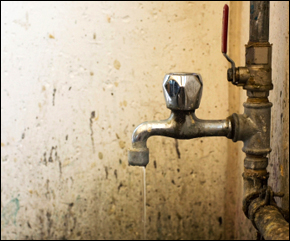
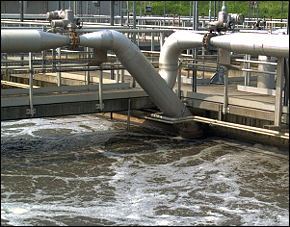
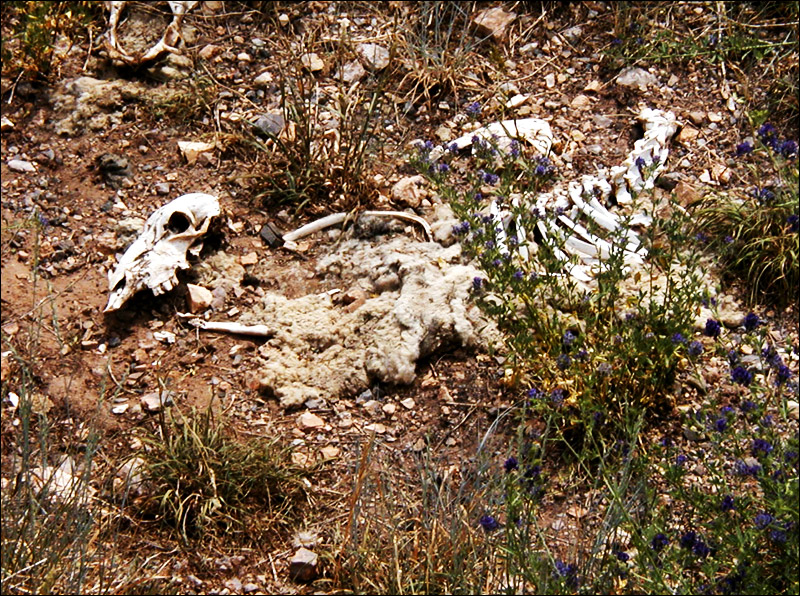


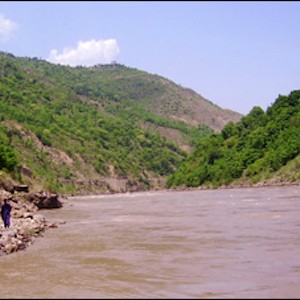
Leave a Reply
Want to join the discussion?Feel free to contribute!